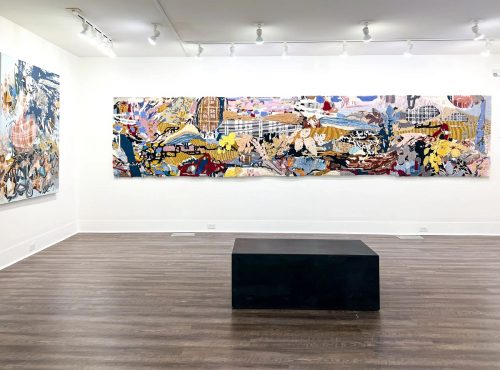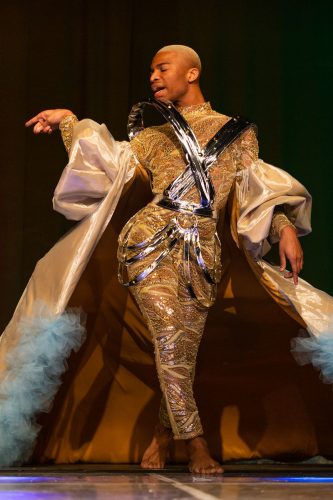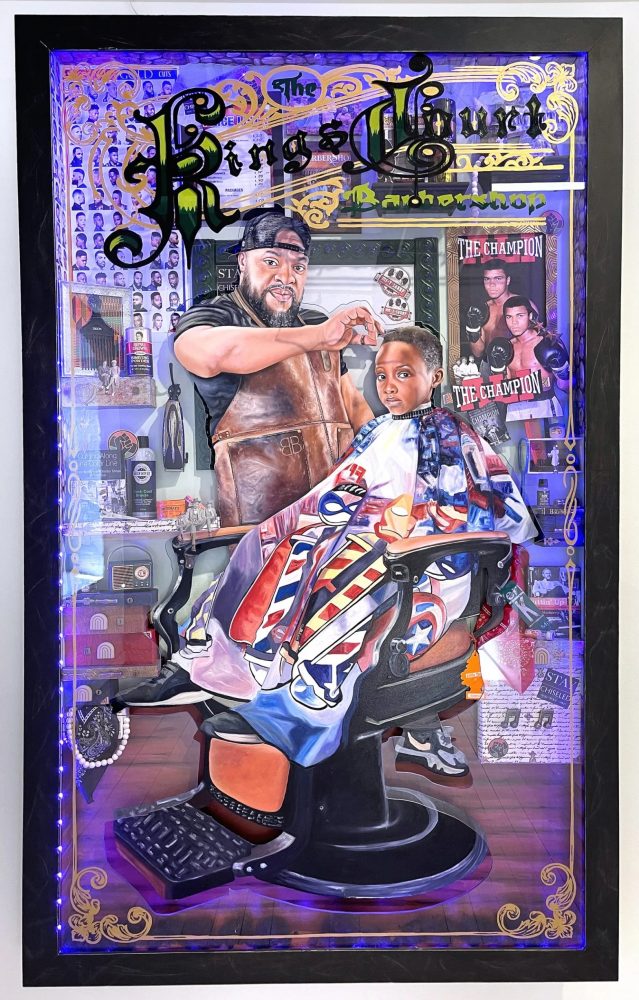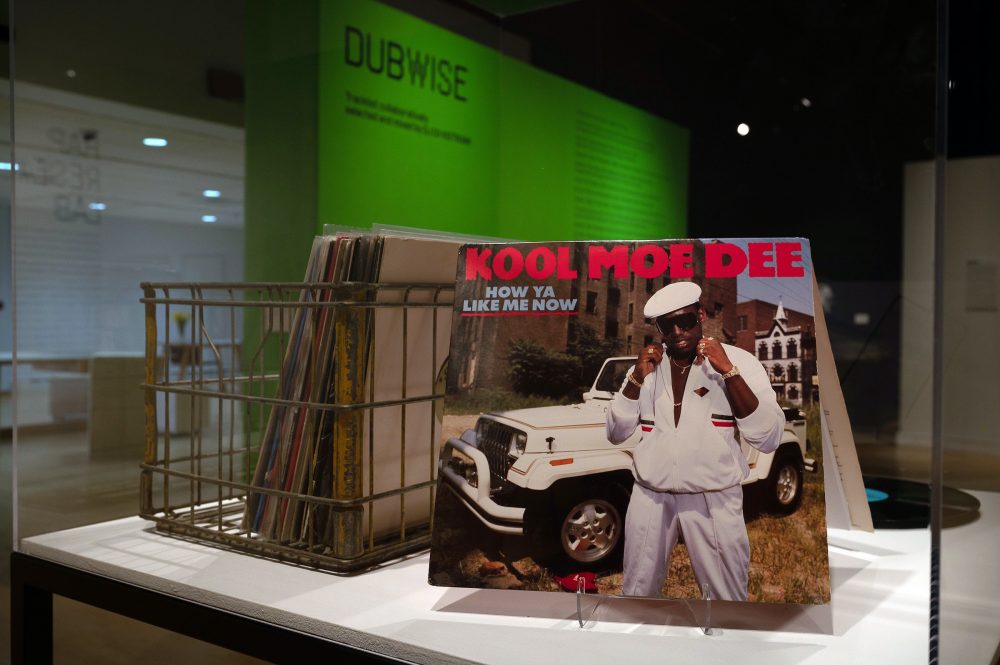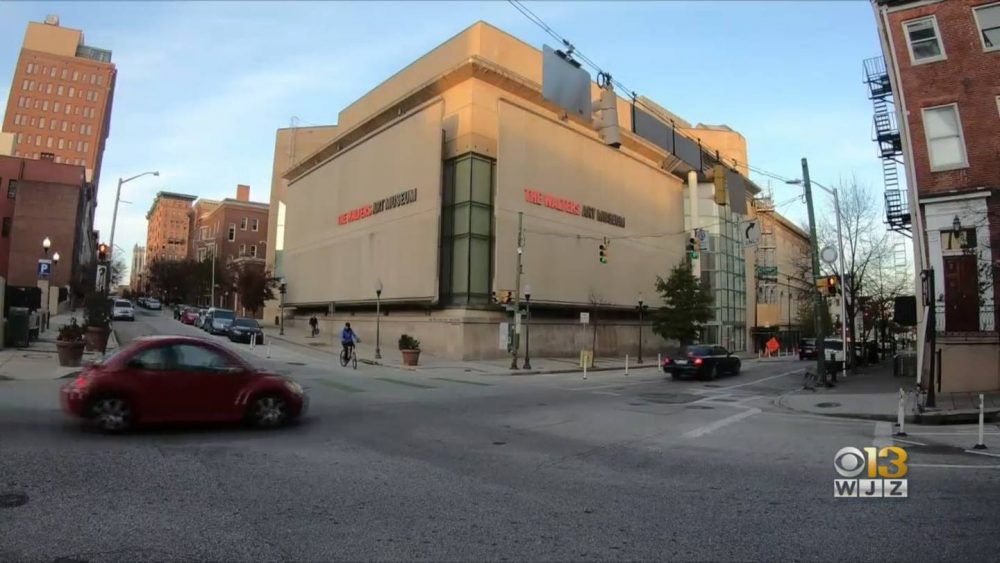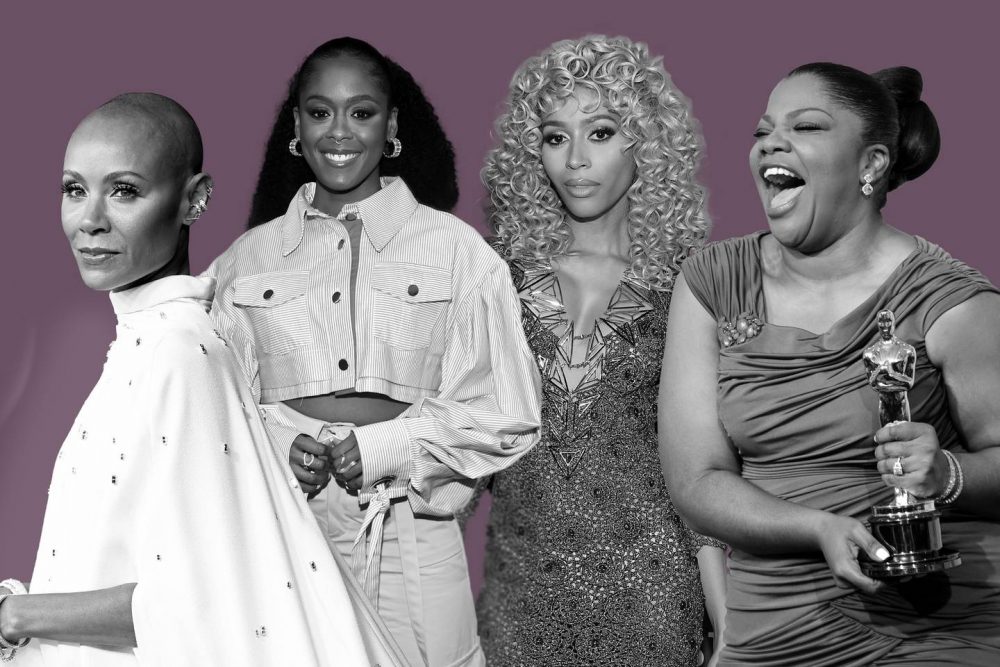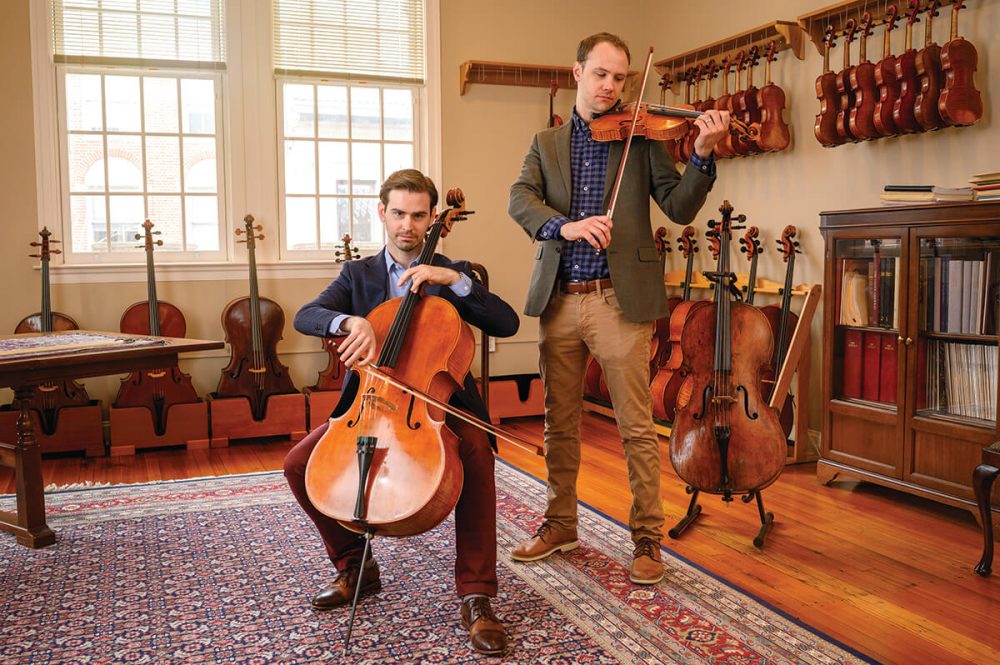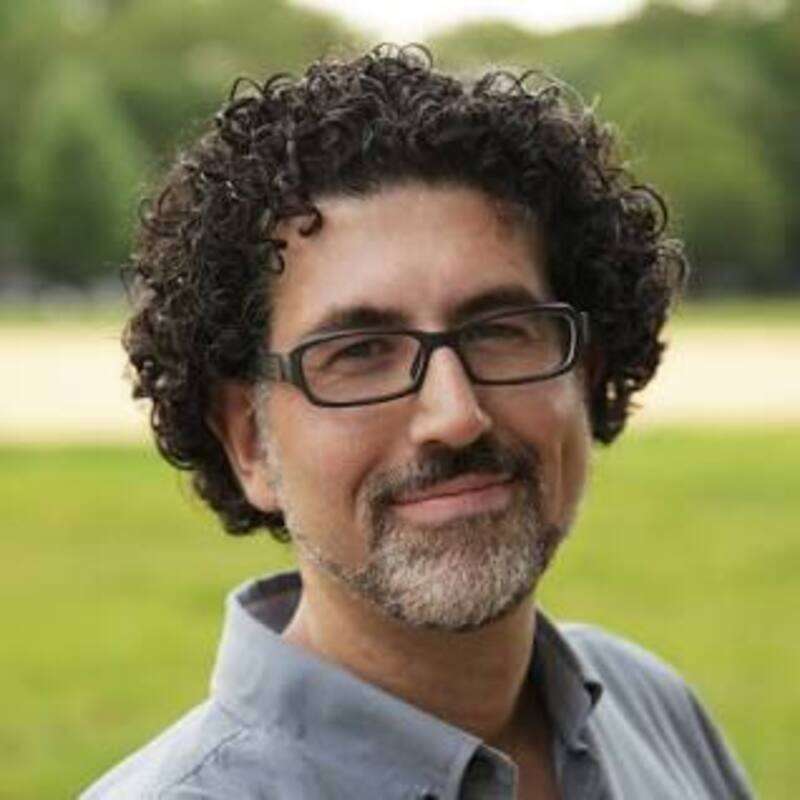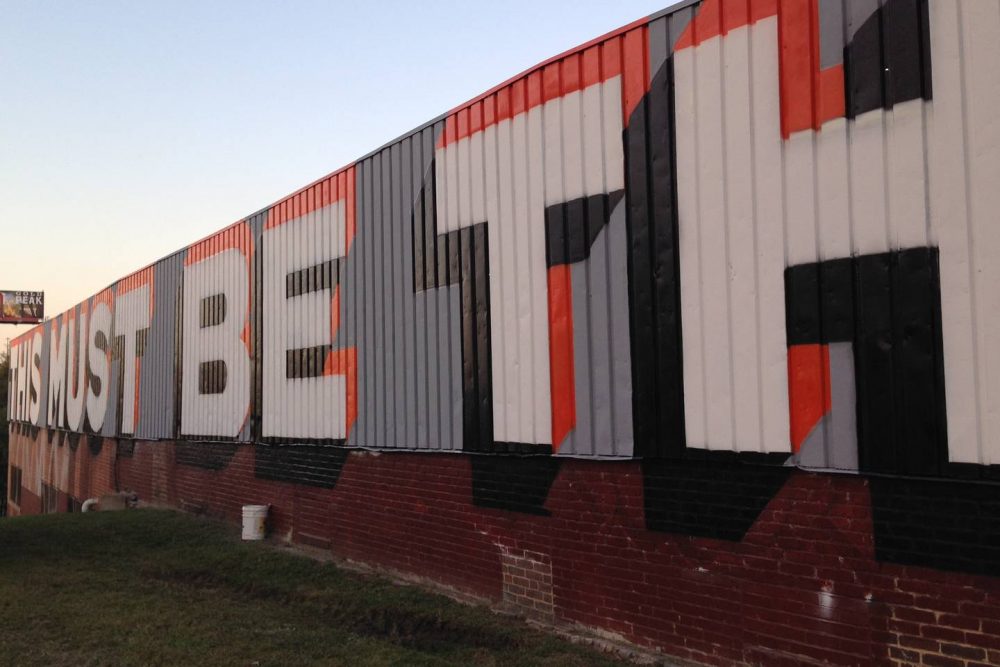State of Maryland Announces 2023 Heritage Award Winners
Press Release: March 6
Maryland Traditions, the traditional arts program of the Maryland State Arts Council, has announced the winners of its 2023 Heritage Awards. The awards recognize long-term achievement in the traditional arts, and nominations are accepted in three categories: Person or People, Place, and Tradition. Six awards are given this year, each featuring a $10,000 grant.
The awardees are:
* Michael Friend (Montgomery County) is a performer and respected percussionist in a variety of African-American, West African, and Latin American percussion traditions. Since he founded the Soul In Motion Players in 1984, Michael has led the ensemble in presenting African dance and drum performances around the world. (Person or People award category.)
* Linda Goss (Baltimore City) is a sixth-generation storyteller, educator, poet, and author. A 2019 NEA National Heritage Fellow and acclaimed performer, Mama Linda co-founded the National Association of Black Storytellers in 1983 to support the history, heritage, and culture of African Americans. (Person or People award category.)
* Gertie Hurley (Prince George’s County) has been making dolls for over 80 years. Nationally recognized in the tradition of Black doll-making, Gertie uses her dolls and the children’s books she writes featuring them as teaching aids to promote personal and community health and wellness. (Person or People award category.)
* Pianist and fiddler Donna Long (Baltimore County) is a pillar of Irish traditional music in Maryland and around the world. A former member of the internationally-acclaimed ensemble Cherish the Ladies, she is featured on numerous recordings and her piano arrangements are included in the performance curriculum at Ireland’s University of Limerick. (Person or People award category.)
* Located on the site of a former segregated school, the Kennard African American Cultural Heritage Center (Queen Anne’s County) now combines a community center and museum, chronicling local African American life and culture through its African American History Museum. A space for community gathering, the Center also offers education, scholarships, and mentoring for Queen Anne’s County residents of all ages. (Place award category.)
* Created in the 1840s, the Baltimore Album Quilts (Baltimore City) tradition continues to thrive in an ever-increasing local and international community of quilters. Taking designs appliqued onto cloth squares, quilters piece together quilts that document the cultural stories of their everyday lives. (Tradition award category.)
